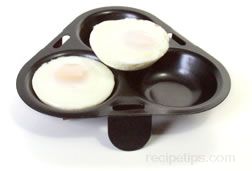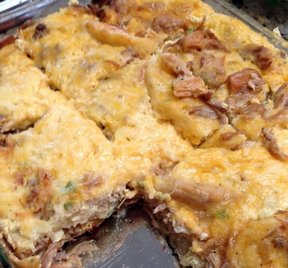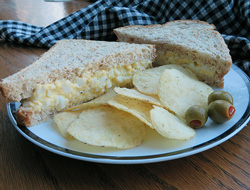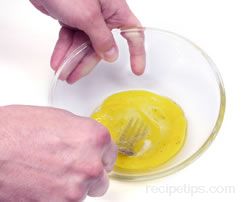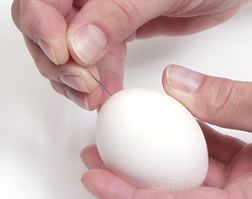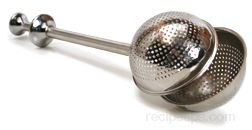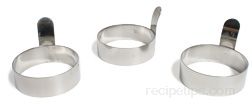If the egg is to be poached in a microwave, there are various poaching dishes that can be used, but often the best dish is a glass oven dish, such as a glassware custard cup. Crack the egg into the dish and then poke the yoke and white with a toothpick several times to reduce the tendency for it to burst while cooking. The egg will also burst or explode if the cooking time or heat is too excessive. Cover the dish securely with a plastic food wrap. Realizing that different microwave wattages and cooking at different altitudes will affect the cooking time, it will be necessary to experiment in order to achieve the best results, allowing a little longer or a little less time for the desired hardness. When cooking only one egg, as a general rule for average elevations of 1,000 feet, set the desired time around 40 seconds at a medium cooking power for the first stage of cooking. A time of 40 seconds for a medium size egg and 45 seconds for a large egg will usually give it a soft consistency. After cooking the egg for the first phase, allow it to remain covered in the cup, in the microwave for 15 seconds or so and reset the microwave for 10 to 15 seconds at a medium power level. Cooking the egg in two phases allows the egg to cook slowly, moving from a soft poached egg to a hard poached egg if desired by adding a few more seconds and letting it stand slightly longer either between or after the cooking phases. If the egg yolk or white explodes, reduce the time for the phase causing the reaction. Also, consider cooking the egg in three phases, each one with a decreased amount of time to succeed with a perfect result. Achieving the desired results can be accomplished by doing some testing and watching the egg during the final cooking stage. Since all microwaves differ in cooking power and corresponding temperatures, test the results several different ways to determine which is best for the desired results or hardness.
Loading
Poached Egg
An egg cooked in water that is heated to a temperature slightly below the boiling point. There are several methods to poach eggs. The egg can be kept in the shell and placed into heated water. The water should only be slightly moving while the egg is being cooked. Or the egg can be cracked and dropped into the warm water to boil without being kept in the shell. To keep the white firm, add a little vinegar or lemon juice or salt to the water. Vinegar and salt can also be added together to the water. Another method is to place the egg into a poaching pan or egg poaching dish surrounded by water below or around the dish.
There currently aren't any reviews or comments for this term. Be the first!
Popular Recipe Pages
Popular Recipes
Advertisement
Advertisement

